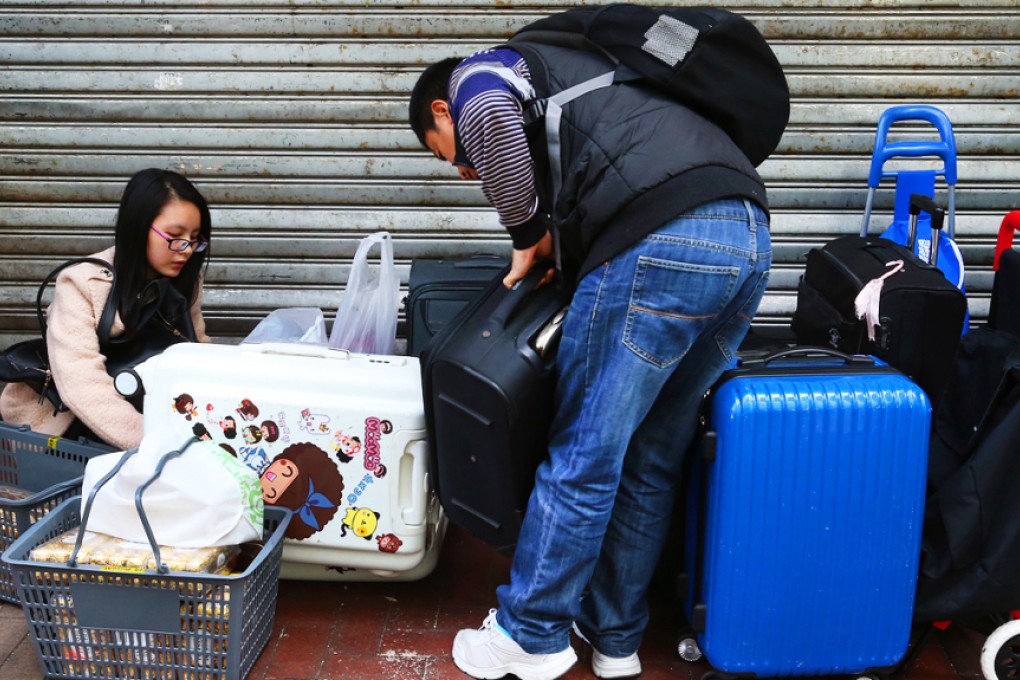CY Leung issues parallel trading warning as new controls on Shenzhen residents launched
Chief Executive Leung Chun-ying issued a strong warning against parallel traders in Hong Kong, vowing that local and mainland Chinese authorities would step up a crackdown.

Chief Executive Leung Chun-ying issued a strong warning against parallel traders in Hong Kong this morning, as Shenzhen authorities formally announced a limit on cross-border trips by the city’s residents in a bid to curb the number of parallel traders visiting Hong Kong.
Leung vowed that local and mainland Chinese authorities would step up a crackdown on parallel trading, such as raiding warehouses unlawfully used to store daily staples for the trade.
Speaking 45 minutes after Xinhua formally announced that the multiple visit permit will be replaced by a new one-visit-per-week permit, Leung also revealed that the new permit was proposed by his government in June last year, but it took so long because anti-parallel-trading protests had been “counter-productive”.
“It is now nearly a year since we put forward the proposal, the reason why it [took] nearly a year … is partly because it is a major move, secondly there is preparatory work to be done, but thirdly and this is an important issue too, the unruly protest … increased the difficulty in our discussion with the mainland authorities, and it hurt the feelings between the people of Hong Kong and the mainland,” he said.
Leung reiterated that the commerce bureau and tourism authorities will launch a series of promotional campaigns to spread the message that the city still welcomes tourists from all places.
Leung’s remarks echoed that of a spokesman of the State Council’s Hong Kong and Macau Affairs Office, who told Xinhua that “the central government will continue to support the [Hong Kong] government’s effort in developing tourism, and firmly oppose the behaviour of the small minority of Hong Kong people, which hurt the feeling between the people of [Hong Kong and the mainland]. The central government encourages closer interaction between the people of the two places.”